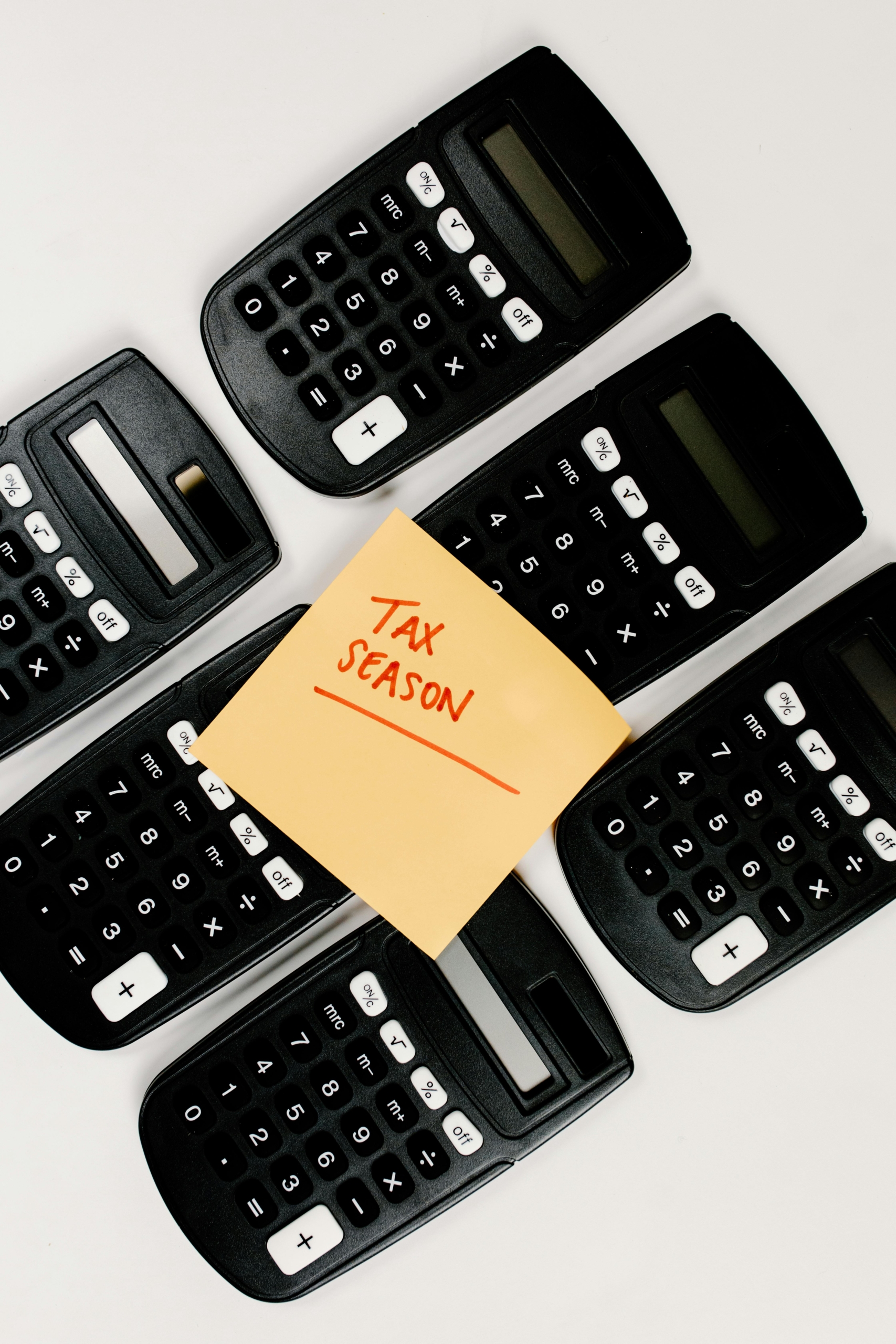04Mar
Related Posts

21Jan
Should I invest in RRSP?
RRSP, or Registered Retirement Savings Plan, is a popular savings vehicle... read more

01Jan
The Benefits of Working with a Professional Tax Service Firm
In this blog post, we'll explore the top benefits of working... read more

29Jan
Everything You Need to Know About Filing Your Personal Income Tax Return
April is just around the corner, and for many people, that... read more

26Feb
Important 2024 Tax Filing Updates and Dates to Remember
Tax Updates & Key Dates for the 2024 Filing SeasonI hope... read more



Comment (1)
Just wish to say your article is as surprising The clearness in your post is just cool and i could assume youre an expert on this subject Fine with your permission allow me to grab your RSS feed to keep updated with forthcoming post Thanks a million and please keep up the enjoyable work